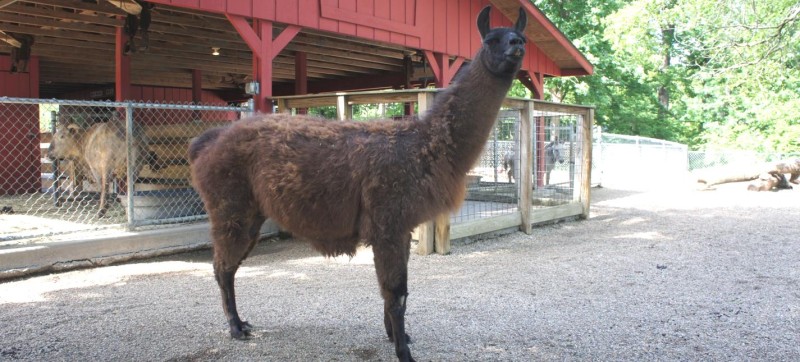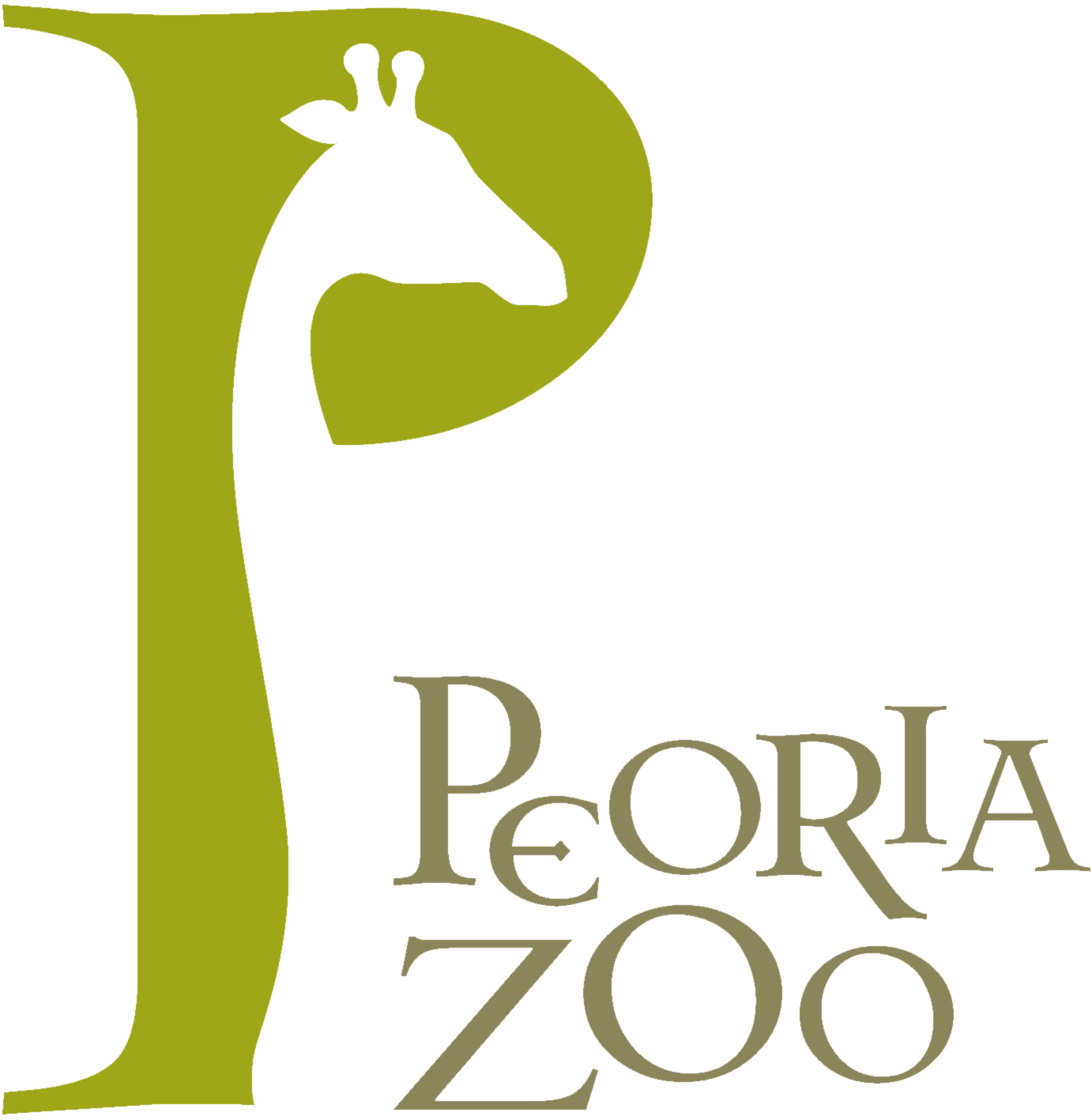Llama - Lama glama

Habitat:
Domesticated-Andean highlands
Range:
Native range is all along the Andes Mountains but are not found in the wild.
Activity Cycle:
Diurnal
Features:
The llama is only known in the domestic state, and is variable in size and of many colors, being often white, brown, or piebald. Some are grey or black. The guanaco and vicuña are wild, the former being endangered, and of a nearly uniform light-brown color, passing into white below.
Size:
The height of a full-grown, full-size llama is between 5.5 feet to 6 feet tall at the top of the head. They can weigh between approximately 280 pounds and 450 pounds.
Social Structure:
They are social animals living in groups up to 20 individuals. The males are polygynous meaning they have a harem of 6 females with offspring in a designated territorial region.
Diet:
Grass is the staple diet of llamas, although they will nibble on fresh hedge and tree shoots.
Reproduction:
Llamas have an unusual reproductive cycle for a large animal. Female llamas are induced ovulators. Through the act of mating, the female releases an egg and is often fertilized on the first attempt. Female llamas do not go into "heat" or have an estrus cycle. Females reach puberty at approximately 12 months. However, males do not become sexually mature until approximately 3 years. Crias (baby llamas) are able to run about an hour after being born.
Status:
Domesticated
Interesting Facts:
- Widely used as a pack animal by the Incas and other natives of the Andes mountains.
- There are over 100,000 llamas.
Video:
Prices
- Adult (13 and over)$12.50
- Child (2 - 12)$9.00
- Child (1 and Under)FREE
- Senior (65+)$11.50
- Active Military$11.50
We begin transferring animals to evening (off exhibit) holding at 4:30 each night.
Find Us
2320 N. Prospect Rd.
Peoria, IL 61603
Phone: 309-686-3365
Open Daily 10:00-5:00
Last admission at 4:30
